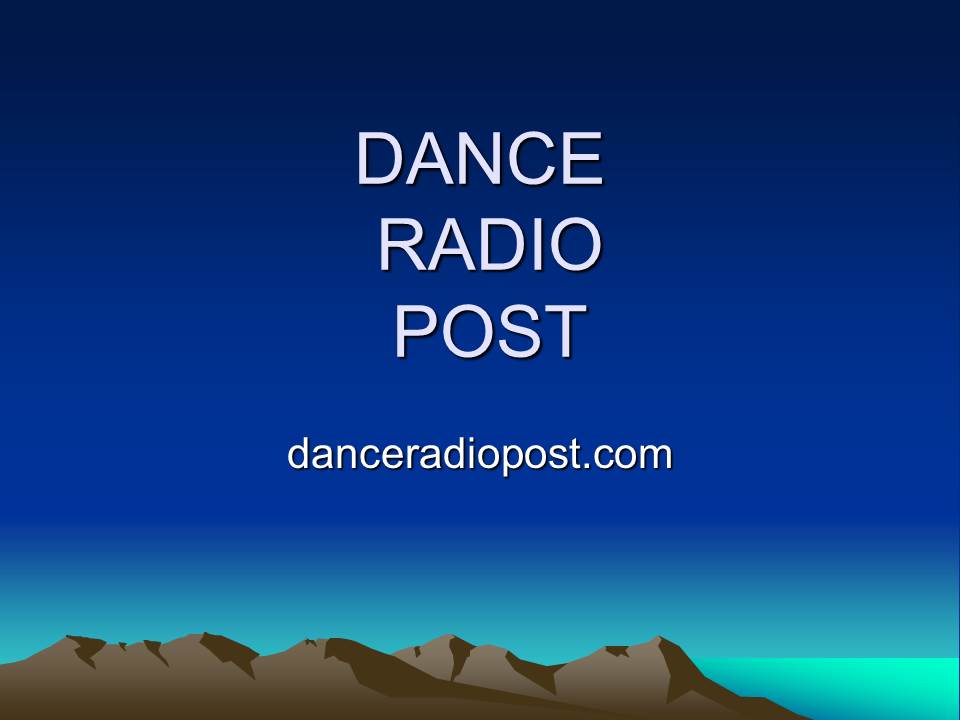The Digital Age
Has terrestrial radio found a weapon against satellite radio? Digital HD radio enables multicasting, the ability for a radio station to broadcast multiple channels at the same frequency. This means radio stations can double or triple their programming offerings. Will they rise to the occasion and get creative and bold with these bonus “stations” or will they give us the same homogenized and predictable sound? They need to deliver something more imaginative than, say, “all Elvis all the time.” Will multicasting help the small independent radio stations or will it help the top-rated stations extend their lead? Will terrestrial radio use HD channels to target niche markets a la satellite radio?
Like HDTV and satellite radio, HD radio requires an HD-ready receiver. But unlike satellite radio, you don’t have to pay a subscription fee—and these HD channels will be commercial-free initially.
By the end of 2006, over a thousand radio stations in the U.S. had converted to digital, and more than 500 of them had started multicasting (broadcasting HD channels in addition to the converted analog original) in 167 markets. Note that AM stations are not allowed to multicast, but they can have the one default HD channel, which would sound as good as analog FM (no need for stereo AM). Most companies will offer streaming audio for HD channels as they do now for their analog stations. You can visit iBiquity Digital’s Web site (ibiquity.com) and follow the progress of HD radio deployment nationwide. We will continue to update our Bay Area Radio Guide as local stations begin multicasting.
| Looking for good deals on HD radios? Starting in 2006, iBiquity posted on its Web site rebates for a number of HD systems. Manufacturers such as RadioShack also offered discounts to drive sales. Look for more of these promotions in 2007. We have reason to believe the range of the digital signal is not as good as the analog counterpart. So you should verify that you can pick up most of the HD2 channels before you leave the store. Take our list of Bay Area HD2 channels with you when you’re ready for a test drive. What do iBiquity, Ben Fong-Torres, and KIOI have in common? See below for the answer. |
HD Radio’s Dirty Little Secret?
In December 2006, we went to a RadioShack in San Jose to check out its $100 HD radio (after double rebates). The store employees eventually managed to tune in to the few HD2 channels from San Jose stations—after they moved the unit by the front door—but they were never able to pick up any of the multicasting San Francisco stations. Our experience seems to contradict Ben Fong-Torres’ reporting in February 2006. His contact at Cumulus Media had assured San Francisco Chronicle that “HD offers improved reception” than analog. So if the range of the digital signal is supposed to be the same as or better than the analog counterpart, what gives?
We wondered at the time if the problem is the hardware (HD receivers in general or just RadioShack’s model) or iBiquity’s technology. Well, we reported our RadioShack experience to Fong-Torres and never heard from him. Then we went straight to the source and asked iBiquity for comments—and got no reply. Hoping the third time would be the charm, we e-mailed Clear Channel’s KIOI in April 2007 (this station has a 125,000-watt analog signal). After an immediate acknowledgement from KIOI, we are still awaiting some sort of answer from the station (we sent a second e-mail two months later).
While researching Radiosophy’s $60 HD radio (after rebate), we stumbled across a Monitoring Times (monitoringtimes.com) article by Ken Reitz that points out that “[r]eliable reception of HD radio is dramatically reduced from what you’re used to with analog reception.” He cites three reasons for this: 1) the government places a limit on the digital signal, 2) HD receivers require a clear signal without much noise, and 3) digital radio is sensitive to out-of-phase signal, a phenomenon called multipath distortion. Note that HDTV has some of the same problems.
The bottom line for Bay Area listeners: HD radio only makes sense if you can pick up all the HD2 channels from the most powerful stations. You shouldn’t have to install an outdoor FM antenna for reliable reception. The FCC and iBiquity apparently never considered a geographically challenging location like the Bay Area when they finalized the HD radio specification. For those of you who live in the South Bay or east of the East Bay hills, let us know if your HD radio can lock on to San Francisco’s HD2 channels easily. Conversely, if you live in San Francisco, can you listen to San Jose’s HD2 channels?
Unless radio stations are allowed to boost their digital signals, we suspect radio manufacturers will have to devise some workaround. And that brings us back to Radiosophy (radiosophy.com), the company founded by former Gateway Computers employees. Its product line includes a more expensive model that has a USB port that can be used to download software updates. We’d like to see this kind of upgrade feature in the low-end model as well, assuming the HD2 reception problem can be solved with software in the future.
Cool Web Surfers Don't Cut and Paste
Would you like to share this Web page with friends? Don't cut and paste. Provide a Web link to this page or refer to its Web address. We invite all content providers to join our "Don't Cut and Paste" campaign.
Copyright © 2002-2026 Calba Media LLC. All rights reserved.

